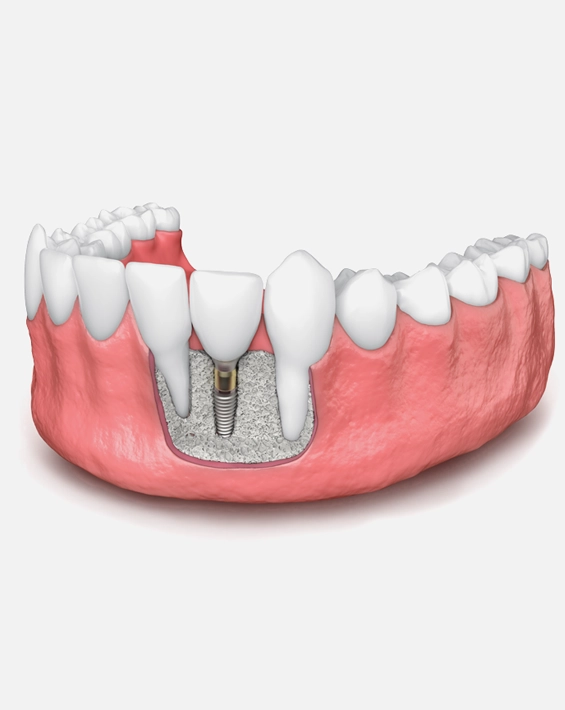
Strategies for Preventing Tooth Loss
Bone grafting involves building up the jawbone to support a dental implant or other restorative devices. It is a common procedure often used for dental implants and various periodontal treatments. The bone used for grafting can be sourced from the patient or from sterilized cadaver bone fragments obtained from bone banks, which are a safe source for bone donation.
This procedure helps stabilize loose teeth by transplanting bone tissue to the affected area. It's typically recommended for significant bone loss due to periodontal disease, trauma, or other factors. During the procedure, bone material is either harvested from the patient or obtained from a bone bank and placed around the loose tooth to encourage new bone cell growth and strengthen the tooth's foundation. Additionally, it enhances smile aesthetics, prevents further tooth loss, and provides a solid base for future dental treatments.
Bone grafting is performed under local anesthesia and may result in mild discomfort and swelling. A consultation with a dental professional is essential to determine your suitability for the procedure.
How to Prevent Bone Resorption
mproving the Longevity of Dental Implants
In cases of tooth loss, dental implants may necessitate a bone graft to ensure support in areas with bone loss.
To determine if bone grafting is the right option for you, we will perform a thorough evaluation. Please contact our Saginaw, MI office at 989.799.9133 to schedule an appointment.
Don’t suffer from the discomfort caused by oral bone loss any longer. Mead Family Dental in Saginaw, MI, provides solutions to restore your teeth's functionality and improve your overall quality of life.
